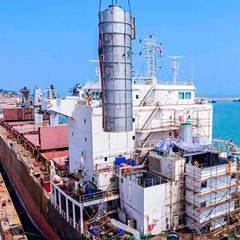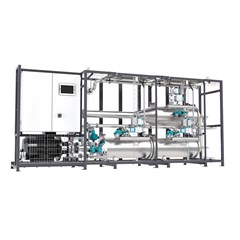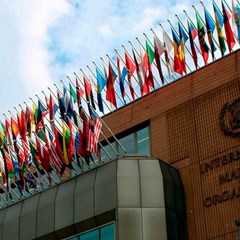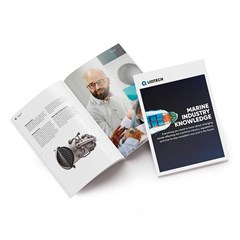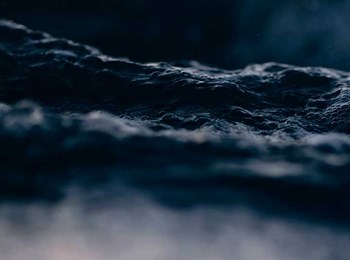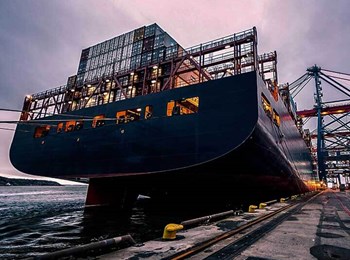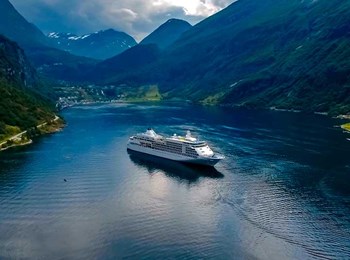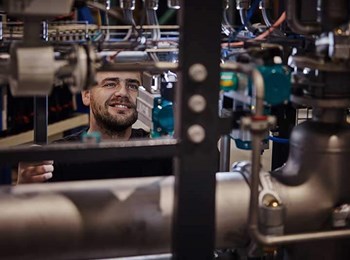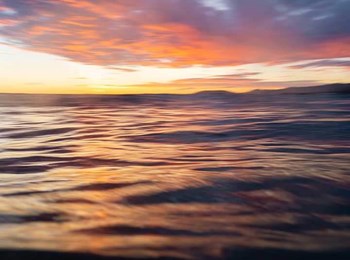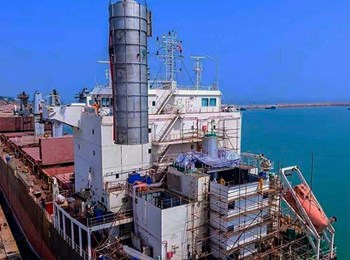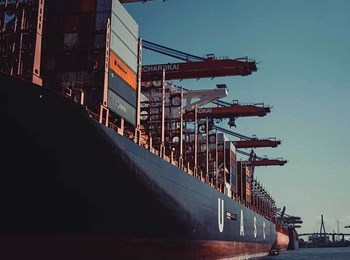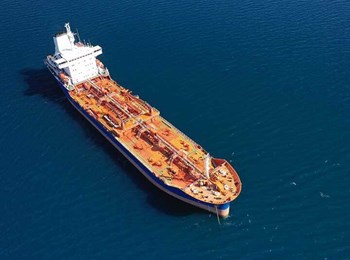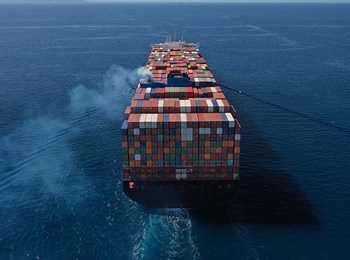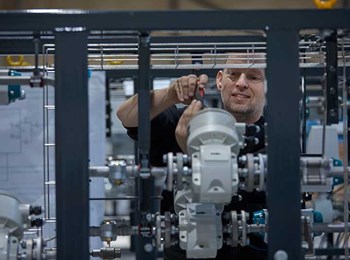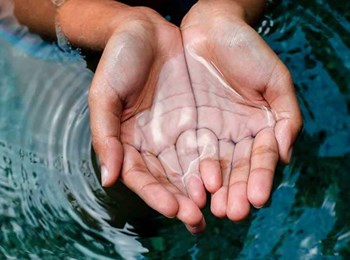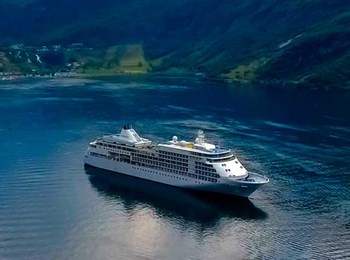The simple answer is: To comply with the significantly lower limits for sulfur in ships’ exhaust gas.
According to the Exhaust Gas Cleaning Association, approximately 10% of sulfur oxide (SOx) emissions stemming from human activities are caused by the global shipping industry. To lower this emission significantly, the International Maritime Organization (IMO) has implemented an international sulfur cap, which reduces the exhaust gas limit from 3.5% m/m to 0.5% m/m. Thus, the exhaust must be lower or equivalent to using fuel with 0.1-0.5% sulfur.
The IMO sulfur cap does not affect the Emission Control Areas (ECA). ECA is defined by the Annex VI of the International Convention for the Prevention of Pollution from Ships (MARPOL) Protocol. ECA represents peculiar sensitive waters, such as the Baltic Sea, the North Sea, most of the US, including the Caribbean, and Canada. Here, the upper limit for sulfur in exhaust gas is 0.1% m/m. With the IMO 2020 regulation, the amount of harmful sulfur oxide (SOx) emissions emitted from ships and vessels are thereby, reduced by as much as 77%. It corresponds to an annual drop of approximately 8.5 million metric tons of SOx. This reduction benefits the environment and human health, especially for people living in port cities and coastal areas of Asia-Pacific, Africa, and Latin America.
You can dive into the details about the IMO sulfur cap here.
